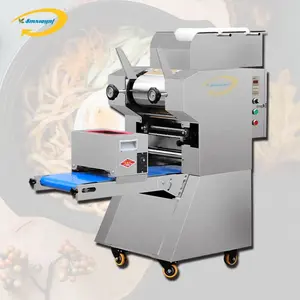
Original Factory Commercial Restaurant Ramen Noodles Maker Nepal Noodle Making Machine/automatic Ramen Noodle Making Machine

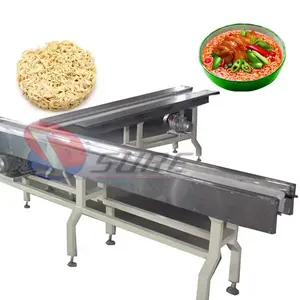
High Performance Instant Noodles Production Line Non Fried Automatic Mini Instant Noodle Production Line Of Instant Noodles






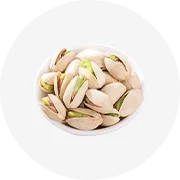
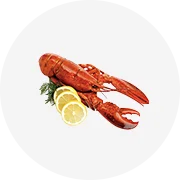
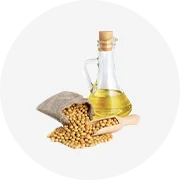
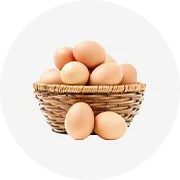
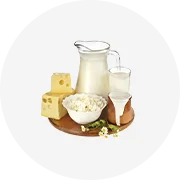
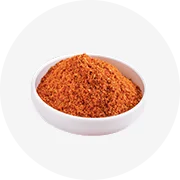
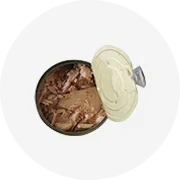
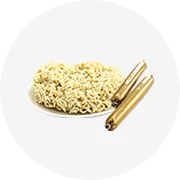

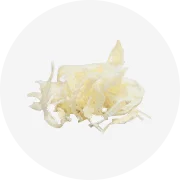
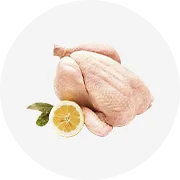

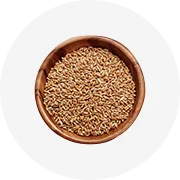


Mee noodles, a staple in Asian cuisine, offer a versatile base for a plethora of dishes. From the bustling street food scenes to the menus of high-end restaurants, these noodles are integral to a variety of culinary traditions. This category encompasses a range of types, from the thin and springy mee pok to the thick and chewy lor mee. Each type brings its unique texture and capacity to absorb flavors, making mee noodles an exciting ingredient for chefs and food enthusiasts alike.
The diversity of mee noodles is evident in their many variations. Meegoreng noodles, known for their role in the spicy and savory dish mee goreng, are a popular choice for those seeking a bold taste. Hokkien mee, another variant, is often used in a dish combining seafood and a rich, savory sauce. For those who favor a lighter option, ban mian, with its hand-kneaded texture, serves as a comforting meal. The variety extends to kolok mee and konlou mee, which are favorites in Malaysian cuisine, known for their ability to pair well with a myriad of sauces and broths.
Mee noodles are not just limited to traditional recipes; their application spans a wide range of culinary uses. Wantan mee, often served with dumplings and a savory broth, is a testament to the noodle's adaptability in soups. Conversely, pan mee, typically enjoyed in a soup or dry with toppings, showcases the noodle's versatility. Mee curry is another dish where these noodles absorb the rich flavors of spices and coconut milk, offering a hearty and satisfying meal.
When it comes to preparation, mee noodles are designed for convenience and efficiency. Some are crafted for quick frying, while others are best boiled. This flexibility allows for a range of textures and flavors, from the smoky char of a wok to the comforting warmth of a broth. The inclusion of ingredients like dried vegetables in certain varieties enhances both the nutritional value and the taste profile of the dishes they are used in.
Mee noodles are typically made from wheat flour, although rice flour variants such as yee mee are also available. This selection caters to different dietary needs and preferences, with some noodles being kosher or free from common allergens like soy and gluten. The advantage of using mee noodles in a commercial setting is their cost-effectiveness and the ease with which they can be incorporated into multiple dishes.
Selecting the right supplier on Alibaba.com is crucial for businesses looking to stock mee noodles. While some suppliers offer these noodles in bulk, others provide them in smaller, more manageable quantities. Packaging can also vary, with some brands offering convenient bottles for easy pouring and heating. It's important for buyers to consider their specific needs, whether it's accommodating dietary restrictions or ensuring a steady supply for a bustling kitchen.